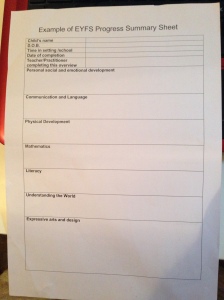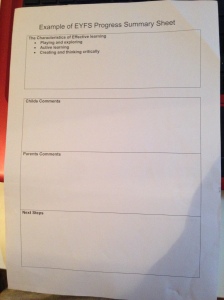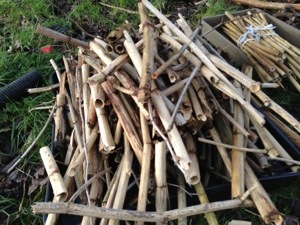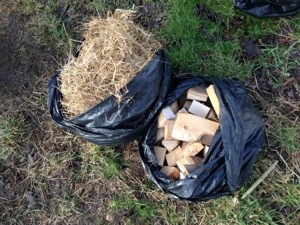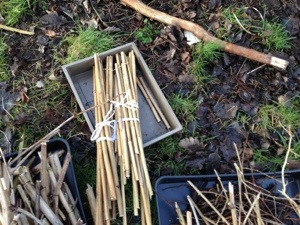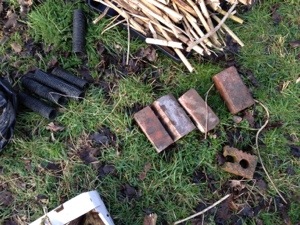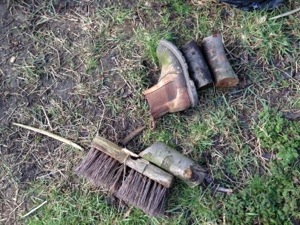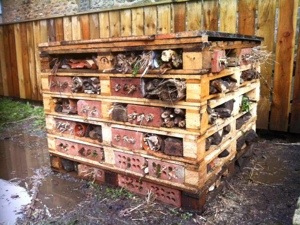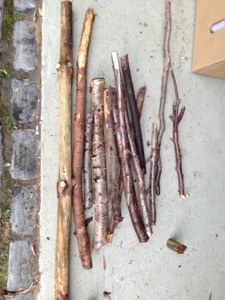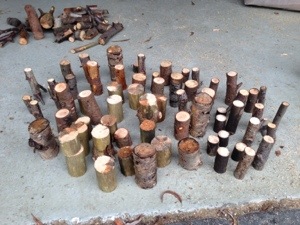Primary School
I remember when we had a snail race and my snail, the one with the brown sticker, won. I remember when my first teacher wouldn’t give me a plaster and I nearly bled to death. I remember when the snails ate through the book covering their tank in the holidays. I remember being on the School council. I remember going to the school library every week, there was pink leatherette chairs. I remember a teacher who would pull all the curtains and turn off the lights to tell us a story. I remember making up all sorts of crazy games in the playground. I remember making inventions with my friends, patent pending on our spring straw gun. I remember going to the Zoo (a lot) to see the Rhino our school sponsored. I remember making cars and bridges and having class competitions to see which were the best. I remember wet time play time games and comics. I remember when we weren’t allowed out when someone threw their milk on the chalkboard. I remember chalkboards! I remember our BBC computer and our Roamer. I remember singing whole school (900 pupils) with every class sitting on the stairs that ran up and down the middle of the school. I remember learning to love reading around 8 years old, thanks to patient hard work from my parents and teachers. I remember my first girlfriend. I remember going to the chippi for our leavers do “by ourselves”, that’s when she dumped me. I remember being really happy (not that day!)
I don’t remember doing tests, what group I was in or what level I was working at.
High School
I remember getting lost a lot (1100 pupils). I remember all the truly inspiring teachers that opened the world up to us. I remember girls. I remember getting a locker and filling it up P.E. kits and rubbish. I remember Yo-yos. I remember the English teacher spending a whole lesson, with me to teach me about, commas and paragraphs,,,
I remember handwritten registers. I remember nearly every single teacher I had. I remember going out for lunch. I remember writing stories. I remember my first proper girlfriend. I remember Mario Kart in the common room. I remember discovering I wasn’t actually very good at basketball. I remember looking forward to certain lessons. I remember getting beaten up once or twice. I remember Iron Bru. I remember sitting in the Meadows singing. I remember my Adidas jumper. I remember making the best, lifelong friends you could ever wish for.
I don’t remember any historical dates, facts, revision, exams or what grades I got.
University
I remember living away from home! I remember living in halls. I remember every teaching placement, successful and not so. I remember London, Poland and Barrow. I remember the Student Union. I remember my favourite lecturers. I remember the most inspirational, challenging and charming English lecturer. I remember living on bacon and 11p noodles. I remember seeing a badger. I remember all the pubs. I remember the club under the pub. I remember meeting my beautiful wife. I remember learning to drive. I remember getting a new car (still have it!) I remember my final placement vividly. I remember making more of the best, lifelong friends you could ever wish for.
I don’t remember how I did on essays or even what degree I got.
As educators we help make memories, don’t worry about all the tests, assessments, groupings we have to inflict on our children, just try your best to make sure they don’t remember it.
